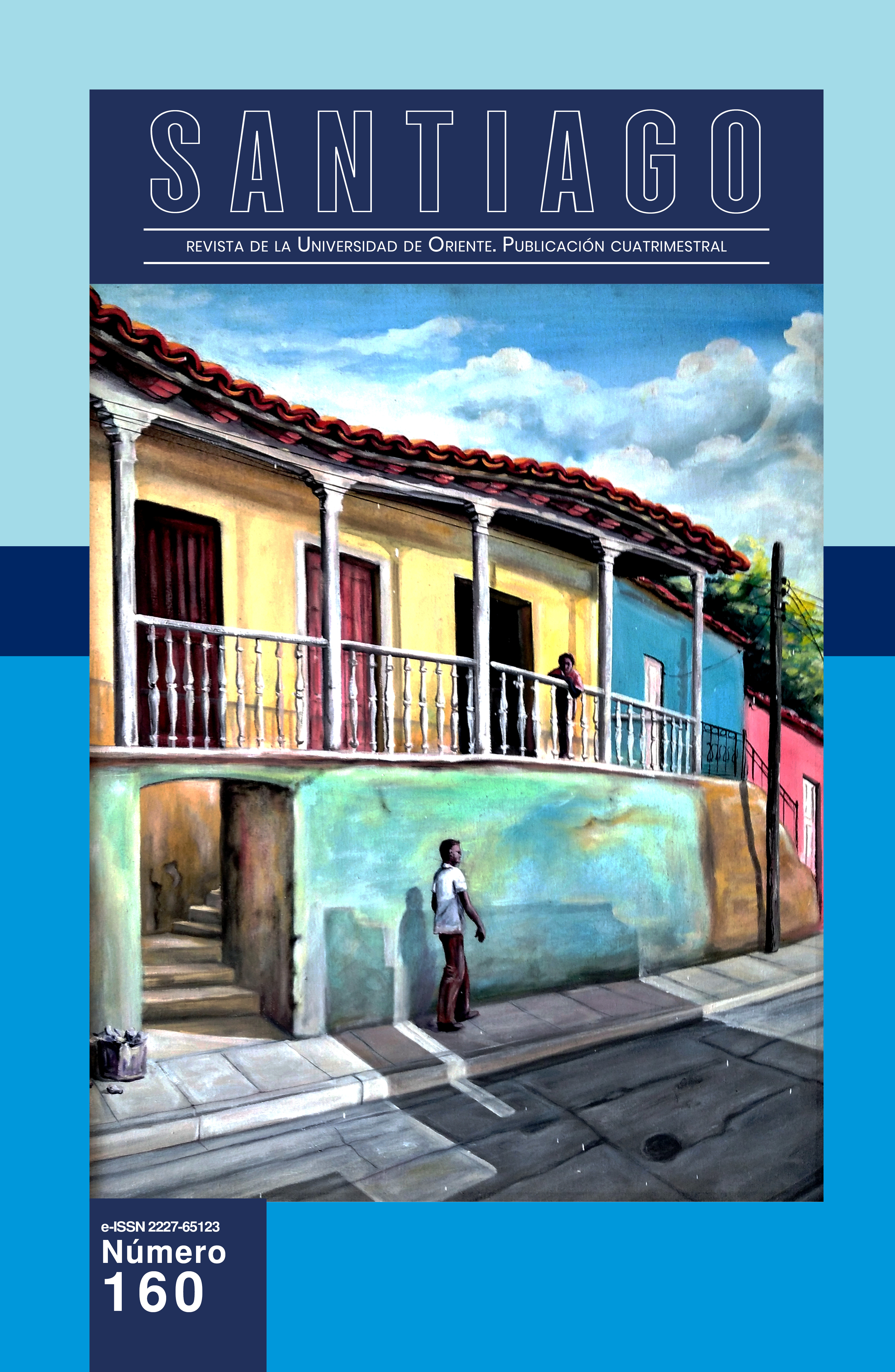Structural analysis of the PDOT GAD in the north-central region of the province of Manabí
Keywords:
sustainable development, strategic plan, tructuring elements, social developmentAbstract
The research aims to analyze the structure of the Development and Land Management Plans of the municipal governments of the north-central region of the province of Manabi, to verify compliance with the current regulations established by the Technical Secretariat Planifica Ecuador. The dependent variables considered were the regulations of the National Technical Secretariat of Development and as an independent variable the evaluation of the structure in the elaboration of the PDOT. The methods used were deductive, analytical and synthetic, as data collection tools the documentary review of the regue-
lations applicable in the PDOT, as well as an interview to the directors of Planning of the GAD, from whose analysis it was obtained that they are formulated as a requirement without being considered as a planning tool, there is a total disconnection of the elements that the same as specified in the methodological guide for the elaboration of the PDOT.
References
Alvarez, 2010. El patrimonio industrial, paisaje y desarrollo territorial. Revista Internacional de Ciencias Sociales. 29 p.21-29. https://revistas.um.es/areas/article/view/115481/109521
Asamblea Nacional, (2008) Constitución de la República del Ecuador. Registro oficial 449. https://www.oas.org/juridico/pdfs/mesicic4_ecu_const.pdf.
Asamblea Nacional, (2010) Código Orgánico de Organización Territorial Autonomía y Descentralización (COOTAD). Registro oficial 303. https://www.cpccs.gob.ec/wpcontent/uploads/2020/01/cootad.pdf
Díaz, A. (2017). Gestión y política pública. SciELO - Scientific Electronic Library Online.
Arzeno, M(2019). Orden desorden y ordenamiento territorial como tecnología de gobierno. Estudios Socioteriotriales. Scielo (25)p.1. http://www.scielo.org.ar/scielo.php?script=sci_arttext&pid=S1853-43922019000100013
Arcentales, C. 2020. Influencia de los espacios recreativos en el desarrollo territorial. Revista científica Las Ciencias 6(2) p. 525-5238 29 p.21-29. file:///C:/Users/mendo/Downloads/Dialnet-PerspectivasGeopoliticasYSociocomunitariasEnLasPol-8274414.pdf
Castro V.2021. Las prespectivas geo-políticas y socio comunitarias en las políticas de darrollo territorial. Una lectura sotra desde la colonialidad. Religación. 6(28)
Contreras, I. (2022). Problemas urbanos. Obtenido de ttps://www.cinconoticias.com/problemas-urbanos/
Observatorio Regional de Planificación para el Desarrollo de América latina y el Caribe,Consultado el 5 de noviembre de 2022. Estrategia Territorial Nacional de Ecuador. https://observatorioplanificacion.cepal.org/es/marcos-regulatorios/estrategia-territorial-nacional-de-ecuador#:~:text=La%20Estrategia%20Territorial%20Nacional%2C%20hace,directrices%20y%20gu%C3%ADas%20de%20actuaci%C3%B3n
Peñaherrera, J. (2016). La planificación nacional en Ecuador: PDOT y sistemas de
Seguimiento. Revista Ciencia Unemi, 21(9), 168-179.https://www.redalyc.org/journal/5826/582661267015/html/
Sarmiento, S., y Flores, F. (2013). Diseño de la propuesta Metodológica para la elaboración de PDOT.)(tesis)Universidad Politécnica Salesiana. https://dspace.ups.edu.ec/bitstream/123456789/4818/1/UPS-CT002650.pdf
Secretaría Nacional de Planificación, 2022. Guías para la Formulación y actualización del Plan de Desarrollo y Ordenamiento territorial. https://sni.gob.ec/guias-para-la-formulacion-pdyot
Montes, P. (2011). El ordenamiento territorial como opción de políticas urbanas y
regionales en América Latina y el Caribe . Santiago de Chile: Naciones Unidas.
Urrego, G. y Guitiérrez, J. (2001). Aproximación a las políticas públicas frente al monitoreo institucional desde el enfoque territorial. Administración & Desarrollo, 51(1),148-164.https://doi.org/10.22431/25005227.vol51n1.
Uribe , E. (2015). El cambio climático y sus efectos en la biodiversidad en América
Latina. Santiago: Impreso en Naciones Unidas. Latina. Santiago: Impreso en Naciones Unidas.
Downloads
Published
Issue
Section
License
Copyright (c) 2023 Andrea Sofia Mendoza-Zambrano, Verónica Paola Mieles-Solórzano

This work is licensed under a Creative Commons Attribution-NonCommercial-NoDerivatives 4.0 International License.
CC Reconocimiento-NoComercial-SinObrasDerivadas 4.0



.jpg)

_de_logo.jpg)













